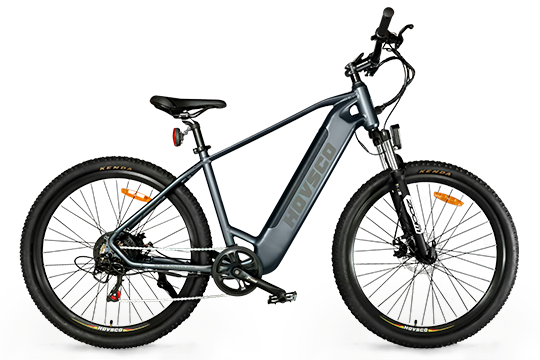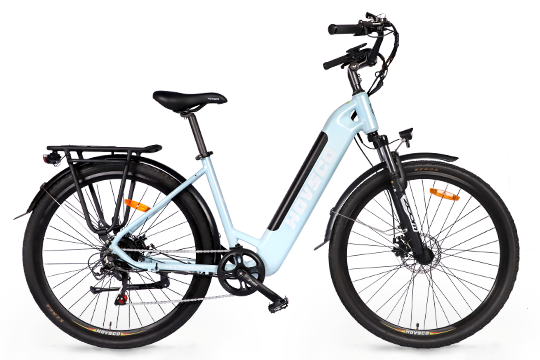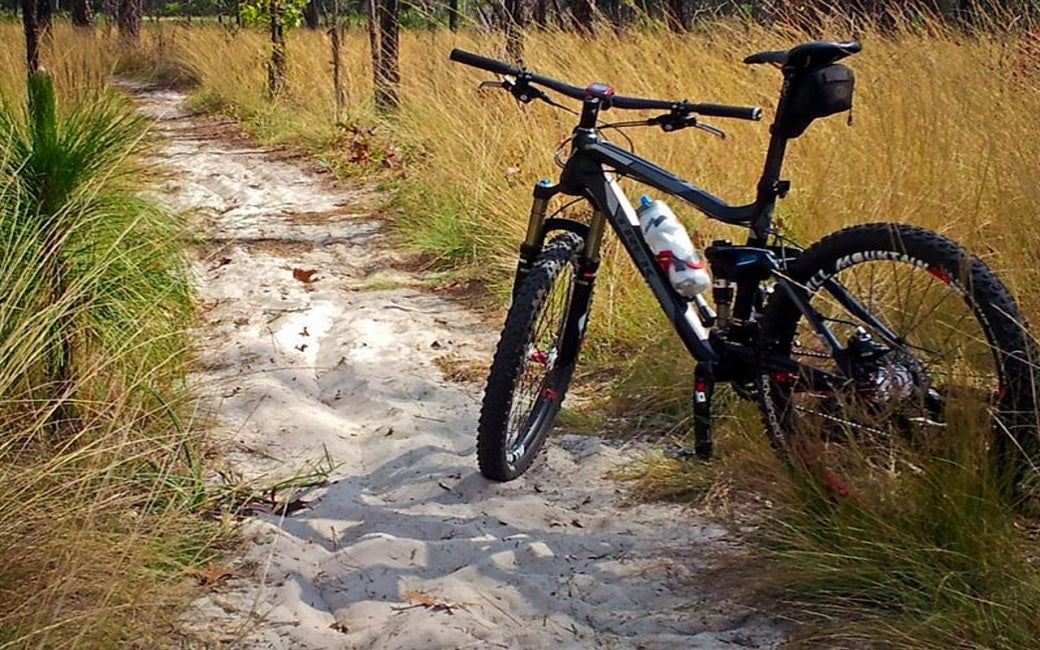Electric Bike vs Speed Bike: What's The Difference?

E-bikes are booming, with people of every age opting to hop on a bike. They are mostly used for commuting between home and work. There are e-bicycles with an assisted pedaling motor speed of up to 25 km/h and e-bicycles with and assisted pedaling motor speed of up to 45 km/h. If your e-bike can go up to 45 km/h, it is called speed pedelec (speed bike).
Driving License
E-bikes are basically bikes that are equipped with an electronic motor and battery. Generally, an e-bike with a pedal assist motor speed of up to 25 km/h is considered a classic bicycle. This means that a cyclist does not need a driving license or a license plate, nor do they need to wear a helmet (although helmets are highly recommended for all cyclists). Additionally, he must always ride on the bike path, and does not have an obligation to take out specific insurance. Rules may still vary depending on the country, but general trends can be observed. Most countries will soon adopt common rules that will allow you to determine whether you have to follow certain regulations or not.
In contrast, with speed e-bikes, which have an assisted pedaling motor speed of up to 45 km/h, the situation differs. Just as with cars, riders of such e-bikes need to register their two-wheelers with the Vehicle Registration Authority. Then they will receive a small number plate that must be mounted on their e-bike. A driving license is also required if you intend to use such an e-bike. It must be a license for a moped or a license for a car. A driving license for agricultural vehicles will not be valid for riding a speed e-bike. Having a license means that a rider needs to be at least 16 years old to ride a speed bike. Wearing a helmet is mandatory in the case of a speed bike (although it is highly recommended for all cyclists). These obligations are applicable because speed pedelecs are considered mopeds.
Insurance Obligation
The liability insurance covers the damage you might cause to another road user if you cause an accident. You do not need to purchase liability insurance for a classic electric bike with an assisted pedaling motor speed of up to 25 km/h or a pedelec speed bike with an assisted pedaling motor speed of up to 45 km/h. However, there is an exception to the above rule. Some electric bikes also allow you to ride without having to pedal (throttle-assisted e-bikes). In this case, liability insurance for mopeds (and this e-bike is a moped in this case) is always required, no matter how fast you are able to go. It is better to have insurance in place in case of some emergency or accident.
Riding Roads
In public roads, speed pedelecs are permitted to travel at a maximum of 50 km/h for all traffic. You can ride your speed e-bike both on the road and on a bike path. In areas with higher speed limits, you must ride on the dedicated bike lanes. As well as following traditional road signs, please observe additional signs, as other local rules may apply. On one-way streets, you can only pedal with the help of your pedaling system if an additional sign with the letter "P" indicates that. Likewise, this is true of conventional bicycles with or without motor-assisted pedaling.
You can choose between an E-bike or speed pedelec based on your needs and preferences. Your lifestyle demands and the amount of commuting you do will tell you whether a standard speed E-bike is adequate for you or if you need an upgrade. Although, both types of e-bikes have fantastic qualities with the properties they possess and they serve their purpose well as part of the traffic and redefining your lifestyle.






Leave a comment